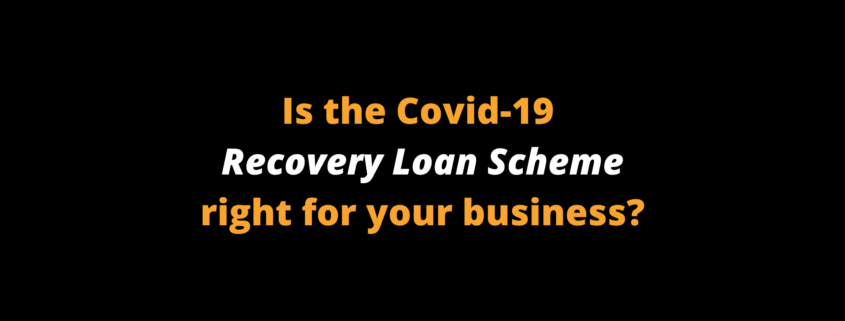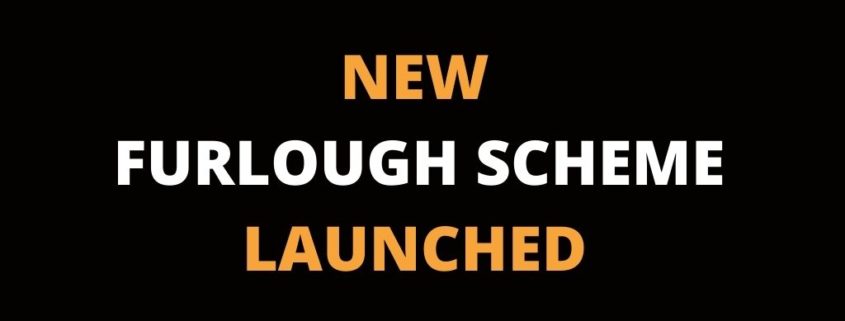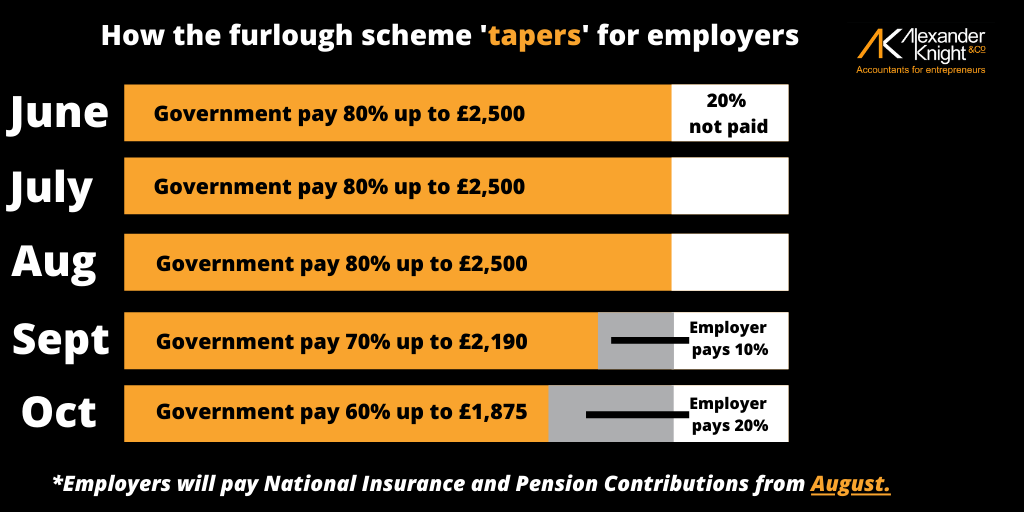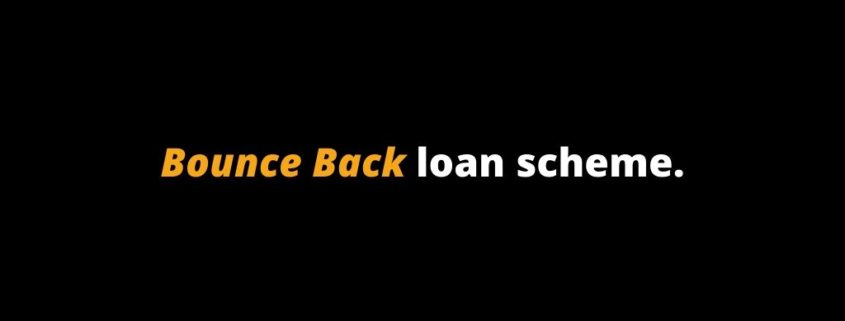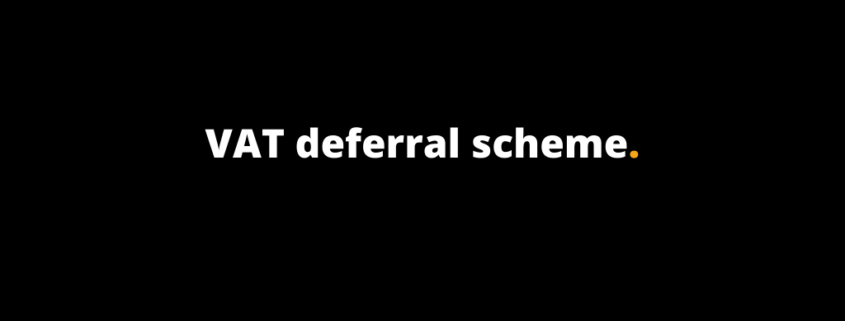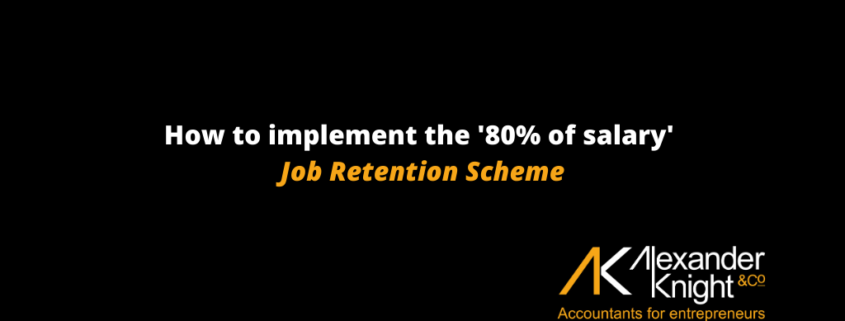The Covid-19 Recovery Loan Scheme can be an option for entrepreneurs who require a little more support as we emerge from restrictions.
More than a year after the first lockdown, company directors can be forgiven for thinking that they may have exhausted every last available measure of Government support available. However, the lesser known recovery loan scheme may be another option to explore.
What is the Recovery Loan Scheme?
Launched on 6th April 2021, the Recovery Loan Scheme replaces the original coronavirus loans, which provided invaluable emergency funding from the start of the pandemic.
The government provides an 80% guarantee for all loans, with no personal guarantees needed for borrowing up to £250,000. Interest rates are capped at 14.99%, with loan terms ranging from three to six years, depending on the type of funding used.
Who is eligible?
The loan is designed to be accessible for businesses across all industries. It is open to all companies trading in the UK, except for public sector bodies, state-funded primary and secondary schools, banks, building societies, insurers and reinsurers.
As usual with the support available from the Government, you must confirm that your business has been adversely affected by Covid-19.
Can you still get a recovery loan if you’ve already had a CBIL or Bounce Back Loan?
Yes! You are still eligible for the Recovery Loan Scheme if your business requires additional funding. However, this time there will be no interest-free period like there was with the other coronavirus schemes.
Of course, a major appeal of a Recovery Loan is that a personal guarantee is not required for loans taken up to £250,000.
How to apply.
You can find a lender accredited to offer Recovery Loans from the list on the British Business Bank website and apply to them directly.

